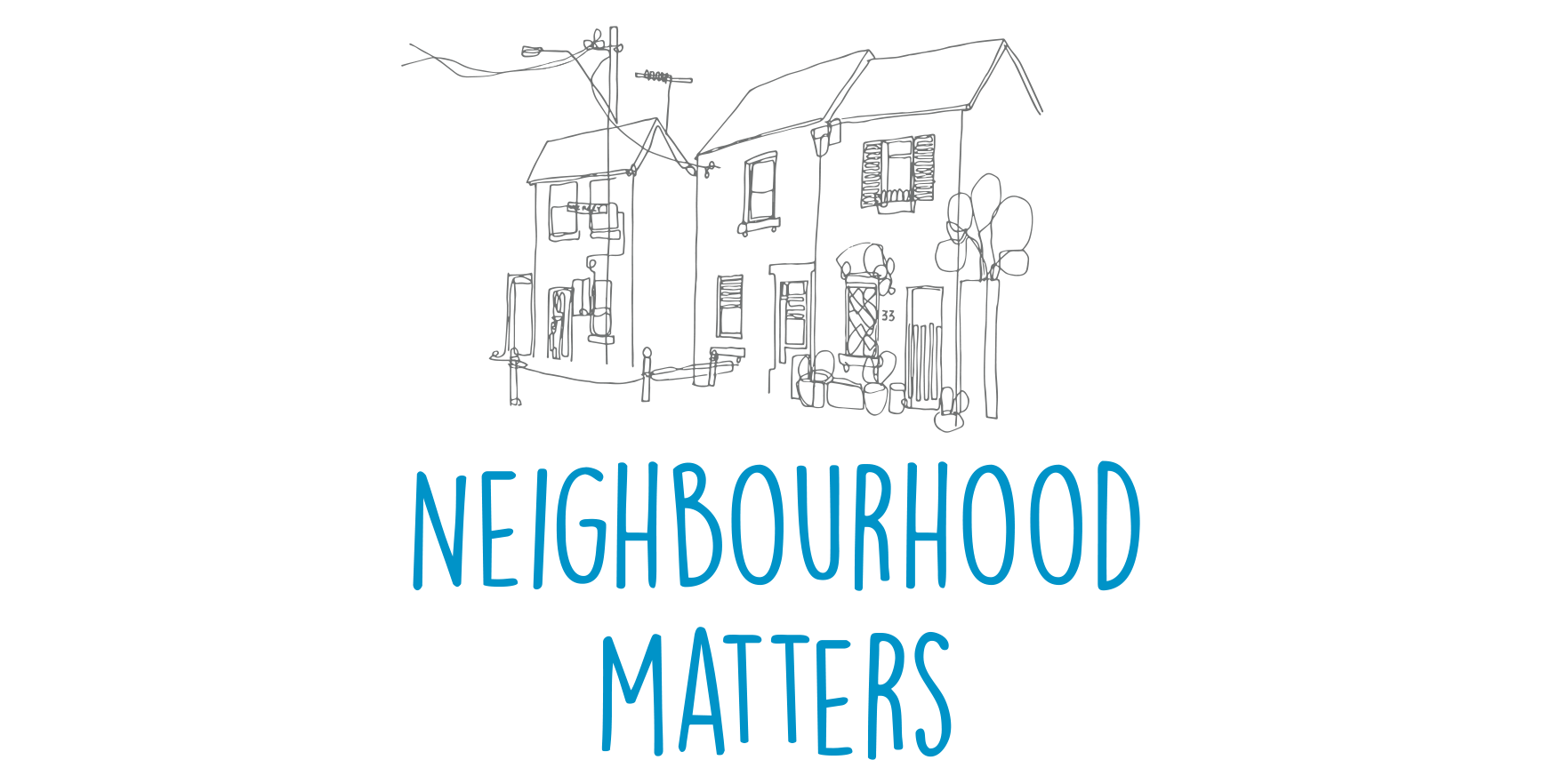Culture changes when a small group of people, often on the margins of society, find a better way to live and other people begin to copy them. (David Brooks, quoted in Everywhere You Look)
Sometimes you read a book that is written for the times we live in. It is prophetic in that it speaks what many already have a sense of, but the words written on the pages bring reality to the surface for all to see in broad daylight. This is what Tim Soerens’ newly released book Everywhere You Look does. It speaks the future that is already present. The question for us is: “Do we have ears to hear and eyes to see what God is doing?”
Soerens, who also co-wrote The New Parish: How Neighborhood churches are transforming Mission, Discipleship and Community with Paul Sparks, agrees that the church in the West might be dying, but does not see this a hopeless situation. Instead, he suggests that in the midst of death there is life as God does a new thing. As followers of this God we are not to hold fearfully to the past covered by a nostalgic mist that clouds our ability to discern the present. Instead, we must look to the moment now where God is already at work reshaping his church as he always has done in different seasons.
As Christ-followers embody the love of God in the neighbourhood, which Soerens sees as the primary unit for change, not only are disciples formed, but a new culture is created that reflects the values of the kingdom of God. Soerens says:
We are called to live out this good-news story not as isolated well meaning individuals, but as a team that is publicly encountered in the ordinary context of particular places. If the only place our neighbours can experience the body of Christ is during our worship services, we have failed. The only viable way we can invite people to experience the good news of the gospel is by displaying a real community of people in a real place-this is the ancient practice that God is calling forth in our new day.
The question that Soerens wants the church to ask is: “What is the purpose of the church?” In other words, why are we doing what we are doing? Once we absorb that we are here to participate with God’s work of reconciling and renewing the universe, we can practice being the church in the local space of the neighbourhood. Soerens believes that God is very concerned about the particular – he does work universally but the kingdom of God is revealed in a myriad of creative ways that are unique to every neighbourhood in our world. So more than ever we need to be paying attention to the Spirit and asking, “What is God up to in my neighbourhood?” As we do this, God-inspired projects and relationships will emerge. As we champion the strengths in our neighbourhood we can work together with the community to create a place that truly flourishes.
Soerens encourages us to engage in formational practices that will shape us for the task ahead, and to work in teams as well as to seek out others who are active in a neighbourhood in order to hear stories of the strengths and challenges in that particular place. Once we hear and learn from each other about what God is up to, it will inspire and encourage us about the new thing that God is doing and this will help others to also have hope about the way God is reshaping the church today. In all this Soerens maintains his focus on teams and working together despite our differences.
This book is an encouragement for all of us who have been plodding away quietly, experimenting on the margins of the church, attempting new things, failing, wondering if what we are doing is anything at all. Yet the whole time we have a sneaking suspicion that everywhere you look God is up to something new, that we are not alone and that the local space of the neighbourhood is where God is now slowly fermenting a new thing that is beautiful, just, kind and a reflection of his perfect love. The future is indeed already in the present. Can you see it?
You can order the book here.
